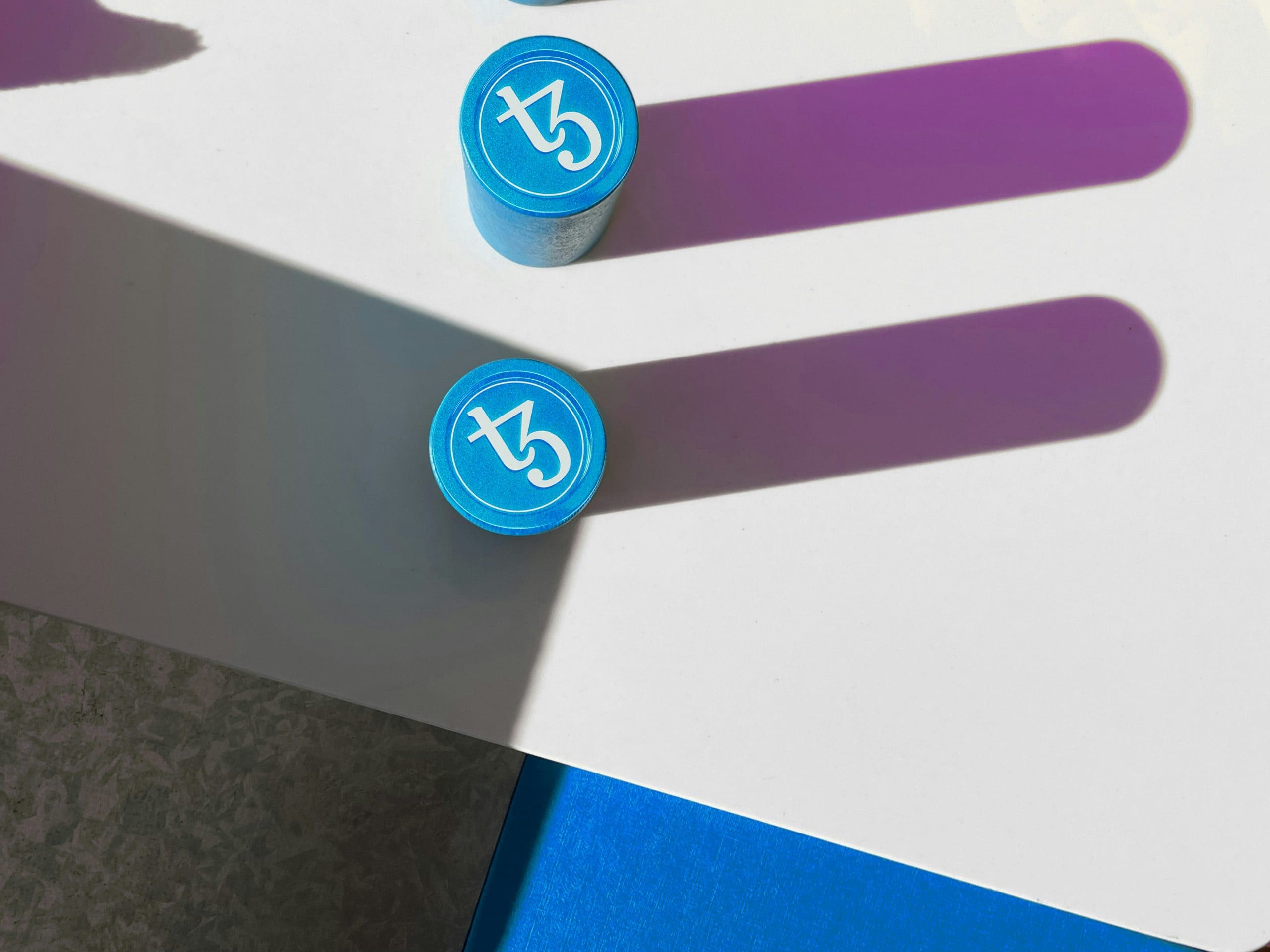
Guest post by Jack Bolton, Sales Engineer, Eagle Eye – Great sales people know that when it comes to deploying an enterprise software solution, the value lies not just in what it does, but in how it can dramatically reduce an organisation’s total cost of ownership (TCO) compared to building an in-house solution.
The loyalty, promotions and personalisation world is rapidly changing, and many organisations are contemplating how to best leverage exciting new technologies and opportunities that are arising in the space.
For sectors outside of loyalty as well, deciding whether to build or buy a solution is a common conundrum, but it need not be. From time-to-market to hidden costs and lack of support, what follows are eight reasons technology buyers should deploy a ready-made, fit-for-purpose solution over trying to build it themselves.
1. The Hidden Costs of Development Time and Resources
One of the biggest misconceptions customers have when it comes to building a solution in house is that it will be cheaper. The prospect of saving on licensing costs is attractive to businesses and this is often reflected by technology decision makers when they look to deploy.
However, going down the in-house route often means months—sometimes even years—of development time. As teams undertake a solution build, it’s not uncommon for companies to need to invest heavily to shore up their resources: hiring additional developers, training existing staff, and paying for costly software tools and development environments.
Furthermore, the initial build is just the beginning. What follows is the ongoing costs of refining and updating the solution as new technologies and threats emerge. Off-the-shelf solutions come out of the box ready to go with the latest features and updates. By choosing an existing product, organisations can leverage that provider’s team of experts who live and breathe the solution every day.
2. Maintenance and Security: The Overlooked Giants
Maintaining a homegrown solution is like trying to hit a moving target. It’s not just about keeping things running smoothly; it’s about adapting to a constantly changing landscape of security threats and technological advancements. Customers often underestimated the sheer volume of work involved in keeping their solution up-to-date and secure.
And it’s not just the work; it’s the specialised knowledge needed to understand and implement the latest security protocols. Established and trusted solution providers will have this already.
For example, digital marketing platform Eagle Eye AIR invests 5% of its revenues back into security every year. This investment delivers a return on security up to five times higher than the same investment made by an enterprise retailer running a single program on their own homegrown solution.
3. Opportunity Costs and Time to Market
The concept of opportunity cost in another conversation that regularly comes up among teams contemplating building their own tools. Building a solution in-house doesn’t just tie up financial resources—it also ties up the time and energy of skilled staff.
Every hour that a team spends on development is an hour not spent on strategic initiatives that could be driving a business forward.
Extended development cycles can be a big trap that cause organisations to miss crucial market opportunities. Technology moves quickly, and the market could potentially move on before the build is complete, blunting an organisation’s competitive edge.
With an out-of-the-box product, organisations get a ready-to-deploy solution that gets them to market faster. That speed translates into immediate benefits, whether it’s staying ahead of competitors or quickly responding to customer needs.
4. Indirect Costs: The Intangibles That Add Up
When organisations build in-house, they are not just paying for development and maintenance. They are also absorbing the costs of project management, internal meetings, testing, and troubleshooting.
There’s also the morale and productivity impact on teams. Nothing drains energy faster than endless debugging sessions or feature roadmaps that never seem to get shorter. It’s easy for teams to get bogged down in the minutiae of development, losing sight of their core competencies and what truly drives value for their customers.
All these indirect costs are minimised when choosing a turnkey solution. Robust, supported platforms allow teams to focus on what they do best—serving customers and growing the business. This not only saves money on development and maintenance; it also preserves team energy and creativity for the tasks that matter most.
5. The Value of Expert Support and Continuous Innovation
The value of having access to expert support and continuous innovation can’t be overstated. When building a solution in house, it falls on the development team to handle every challenge that comes their way. If something breaks or if there’s a need for a new feature, developers are on the hook to figure it out. This often leads to burnout and frustration, especially when resources are stretched thin.
With a professional, prebuilt solution, support teams are there to assist whenever help is needed. Regular updates and new features will also mean the best tools are always available.
6. Predictable Costs and Budgeting Confidence
Let’s face it: one of the most appealing aspects of deploying a market-ready product is the predictability of costs. With an in-house solution, costs can spiral out of control quickly. Unforeseen challenges, feature creep, and the need for additional resources can blow budgets wide open.
Starting with a seemingly reasonable development budget, only to arrive in a financial quagmire months down the line as costs blow out, is a very precarious position for solution buyers to be in.
Commercial products offer clear and predictable pricing structure. This not only makes budgeting easier but also allows organisations to plan finances with confidence, knowing that the investment will yield a strong return without the risk of unexpected costs.
7. Focus on Core Business Objectives
Ultimately, the most compelling reason to choose an off-the-shelf solution over building an in-house solution is that it allows teams to focus on core business objectives. Every business has a unique mission, and time and resources are best spent pursuing that mission, not getting bogged down in building and maintaining complex solutions.
Freeing up teams to focus on what they do best, whether that’s providing exceptional customer service, innovating new products, or expanding into new markets. Is often far more preferable to organisations than having teams locked up in long development cycles.
8. The last 10% takes 90% of the time
According to Melanie Mitchell, computer scientist and Professor of Complexity at the Santa Fe Institute argues that “the first 90 percent of a complex technology project takes 10 percent of the time and the last 10 percent takes 90 percent of the time”.
Just because some teams have exceptional product owners, product managers, engineers and more, all of whom might be capable of building a bespoke solution for loyalty, promotions and personalisation, it may not be the best use of their time.
However, building that sort of technology is the core focus of the right solution provider. Finding an expert in all the aspects that constitute that last 10 percent will be a gamechanger.
The Smart Choice for Reducing Total Cost of Ownership
The decision to deploy a ready-made solution versus building an in-house solution can often confound technology decision makers, but the benefits of doing the former are clear.
Considering all the factors—development time, maintenance, security, opportunity cost, indirect costs, and the ability to focus on core business objectives. Choosing the right packaged loyalty, promotions and personalisation solution not only reduces total cost of ownership for an organisations, but also positions them for long-term success.
When it comes to loyalty and personalisation suites, many customers make this choice with Eagle Eye AIR and thrive because of it. The peace of mind, the reduced costs, and the ability to stay agile and competitive in a fast-paced market are all powerful advantages to benefit from.
It’s not just about saving money; it’s about making a strategic investment in a business’ future.
About Eagle Eye
Eagle Eye is a leading SaaS technology company enabling retail, travel and hospitality brands to earn the loyalty of their end customers by powering their real-time, omnichannel and personalised consumer marketing activities.
Eagle Eye AIR is a cloud-based platform, which provides the most flexible and scalable loyalty and promotions capability in the world. More than 850 million personalised offers are executed via the platform every week, and it currently hosts over 500 million loyalty member wallets for businesses all over the world. Eagle Eye is trusted to deliver a secure service at hundreds of thousands of physical POS destinations worldwide, enabling the real-time issuance and redemption of promotional coupons, loyalty offers, gift cards, subscription benefits and more.
The Eagle Eye AIR platform is currently powering loyalty and customer engagement solutions for enterprise businesses all over the world, including Asda, Tesco, Morrisons, Waitrose and John Lewis & Partners, JD Sports, Pret a Manger, Loblaws, Southeastern Grocers, Giant Eagle, and the Woolworths Group. In January 2024, Eagle Eye launched EagleAI, a next-generation data science solution for personalisation, already being used by leading retailers worldwide including Carrefour, Auchan and Pattison Food Group. Web – www.eagleeye.com
About Jack Bolton
Jack Bolton is a Sales Engineer for Eagle Eye in EMEA, With over 5 years of experience in the loyalty space working alongside some of the world’s largest retailers, Jack focuses on understanding and addressing the unique needs of each customer. Jack’s passion lies in delivering the right solutions, ensuring that every client achieves their desired outcomes efficiently and effectively.






